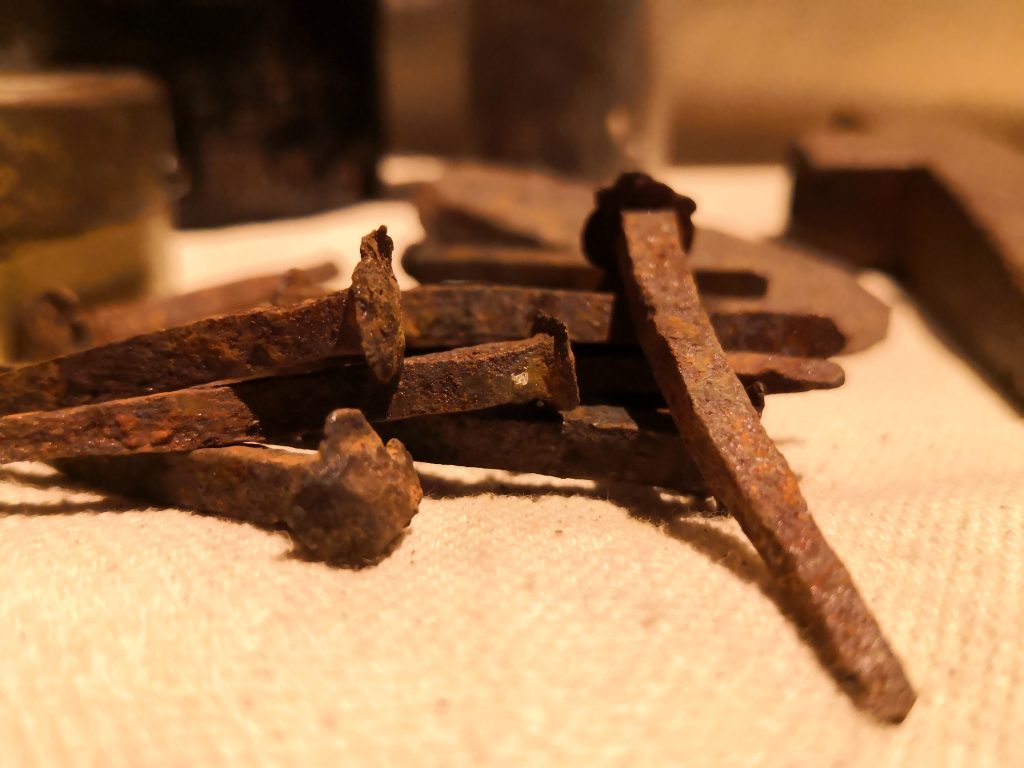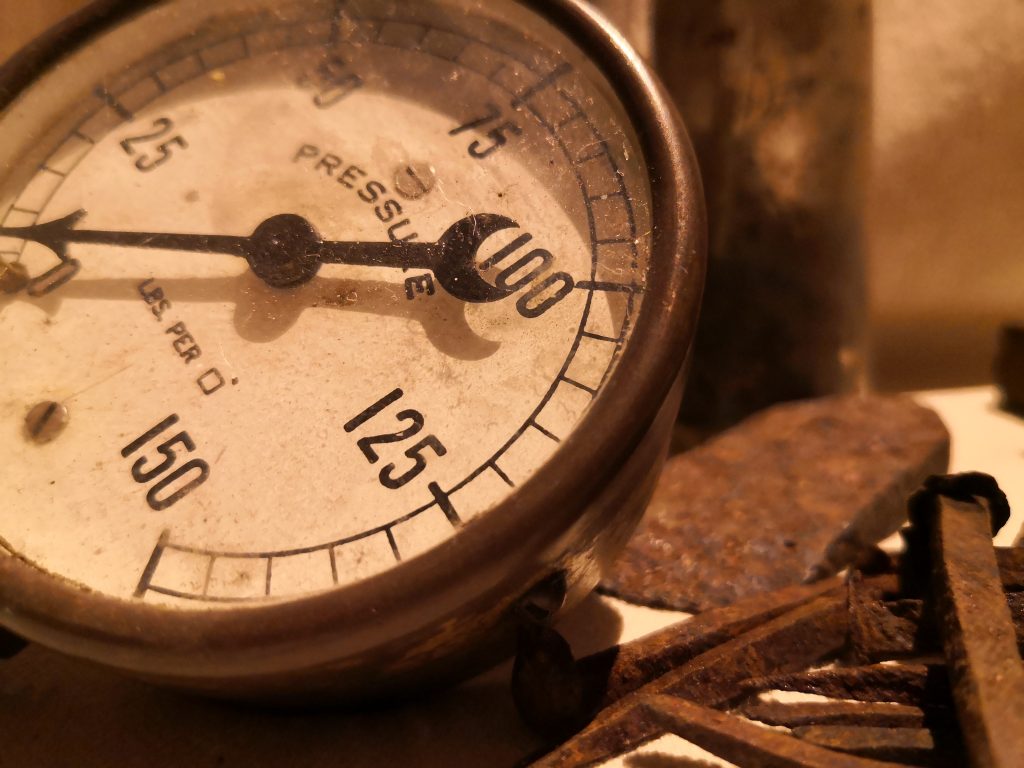Museum – History and Heritage
Wool Museum and History Museum
Location: 48 Church Street, Ross
The smell of sheep’s wool pervades the air as you enter the Wool exhibition. In the adjoining room, the History Gallery provides snapshots of significant milestones in Ross’ development. There are plenty of intriguing stories in our museum.
The prosperity of Ross can be traced back to its first export – wool. In its formative years Ross benefited from the prosperity of its surrounding land owners who directly employed villagers or supported the businesses that developed. As a result, Ross evolved into the beautiful Georgian village it is today.
This story is told in the Wool and Heritage galleries with many artifacts, pictures and documents on display.
In our Wool exhibition we have re-created a shearing shed complete with thrown fleece on its sorting table and manual wool press provide a glimpse of past times. Many breeds of sheep’s wool are on view to feel and inspect. Included as permanent exhibits on loan from the Queen Victoria Museum and Art Gallery in Launceston are “The Canticle, 1966” a large woollen tapestry by John Coburn, “Primary Bind” 1985, a sculpture by Les Kossatz and Stephen Walker’s Ermenigildo Zegna Perpetual Trophy 1963.
In the adjoining room, the History Gallery provides snapshots of significant milestones in Ross’ development. The Ross Bridge, Female Factory and Horton College are permanent exhibits together with changing short-term exhibitions. For the ancestry buffs there are a number of registers listing the female convicts and male ticket of leave workers, together with copies of the Anglican Church burial registers in the early years of settlement.

